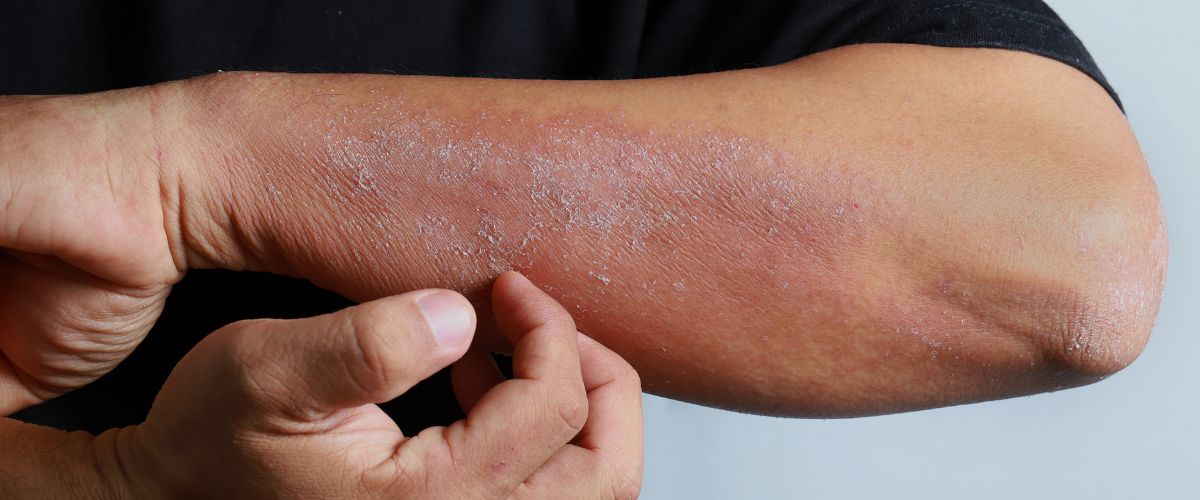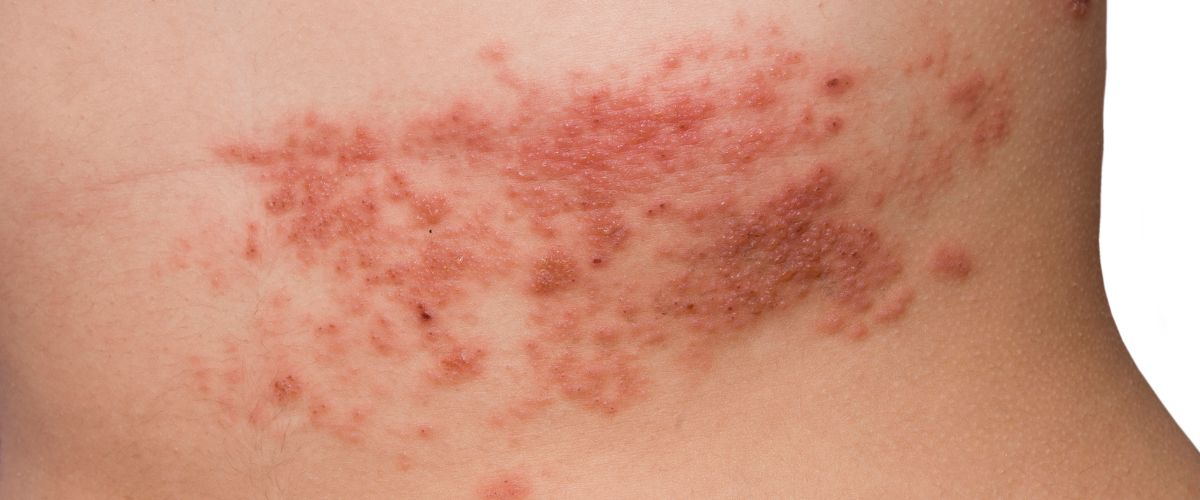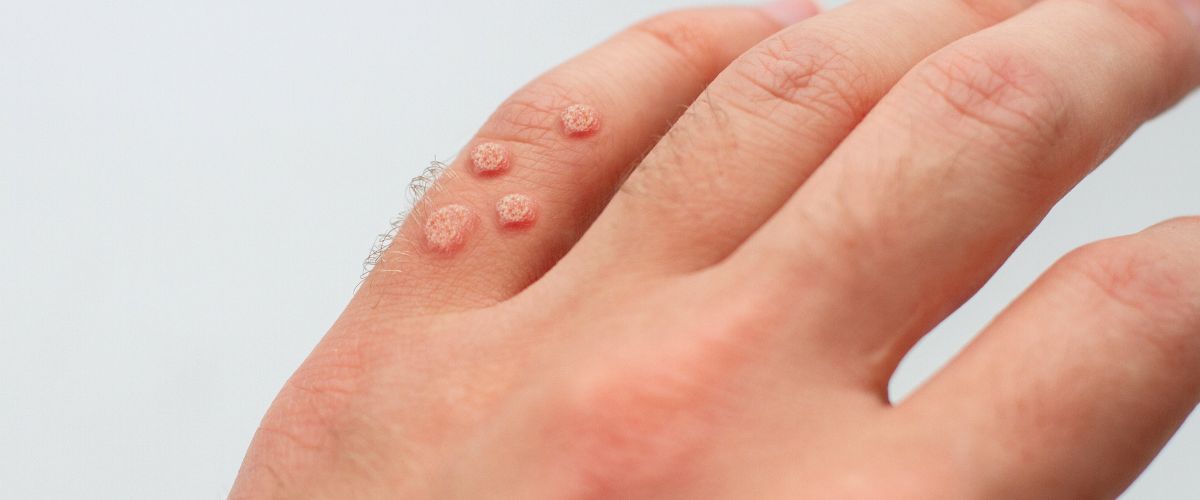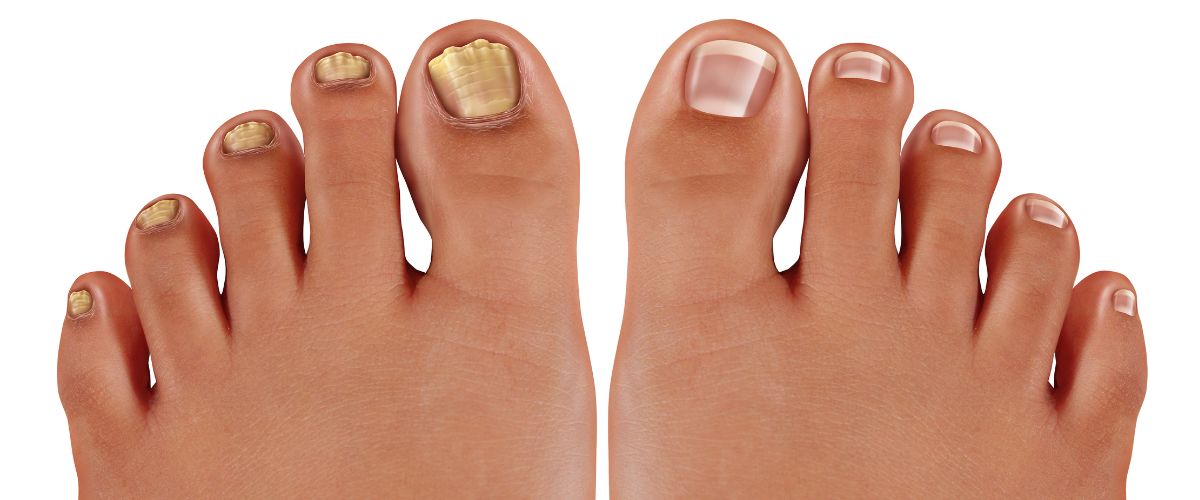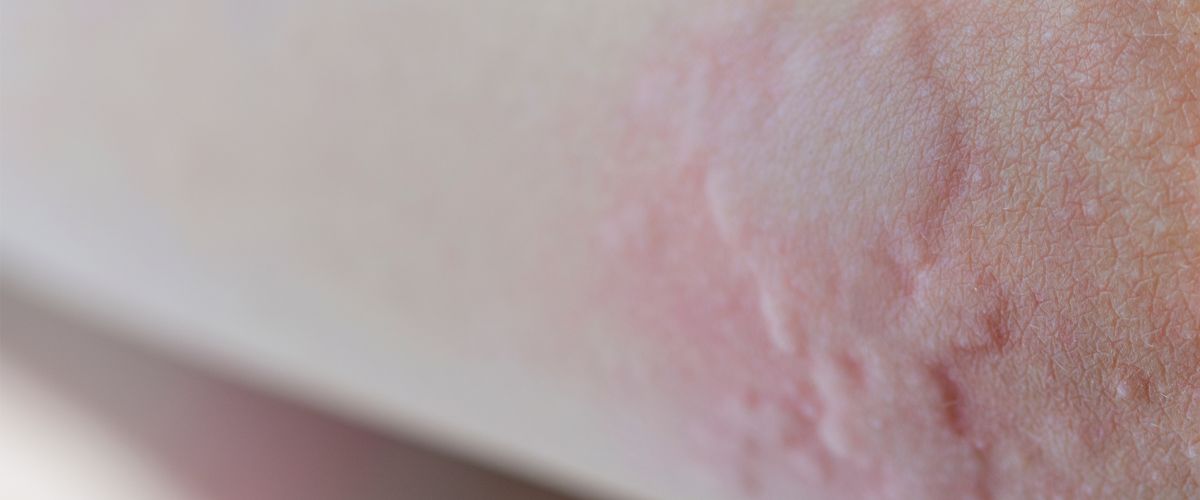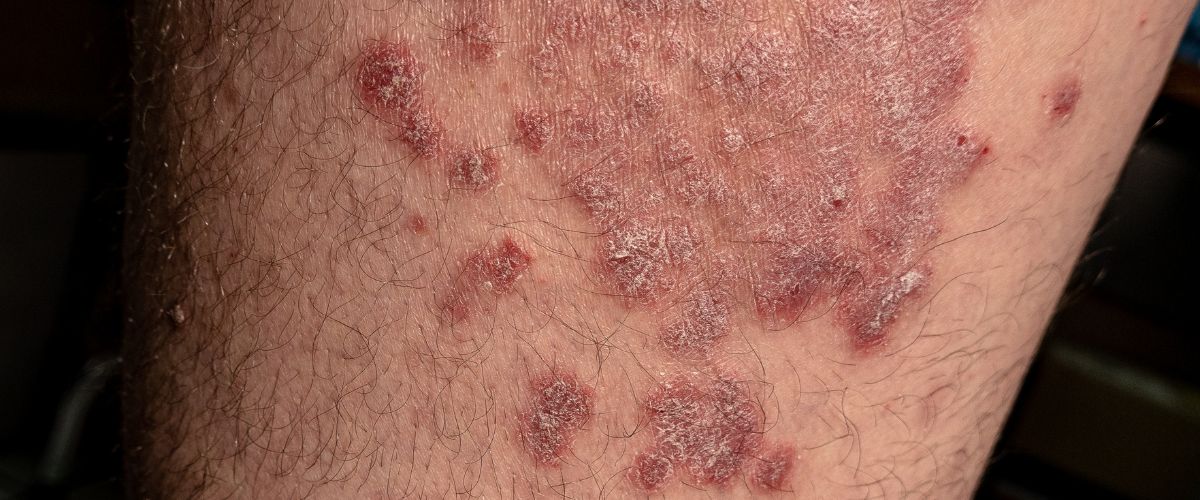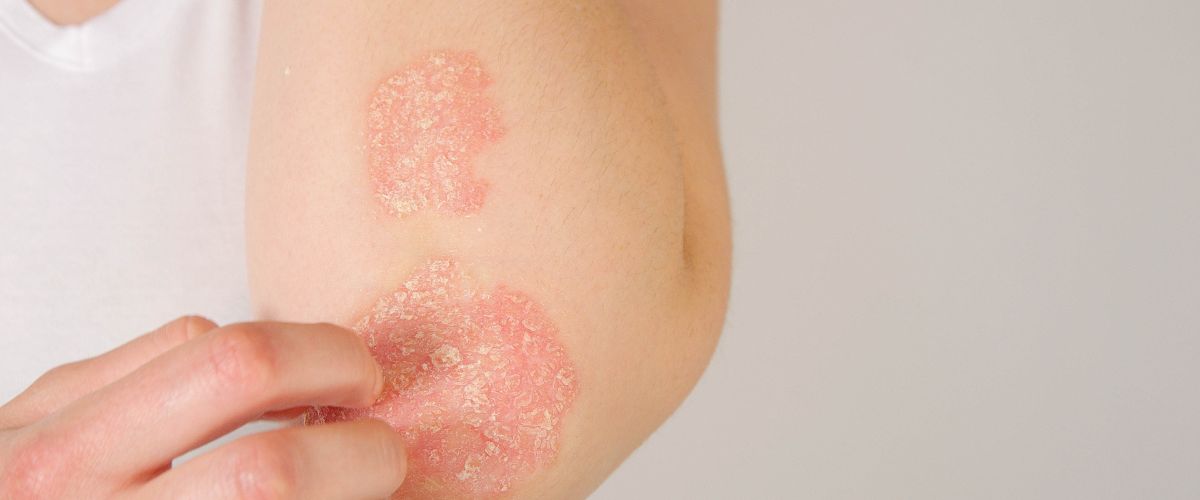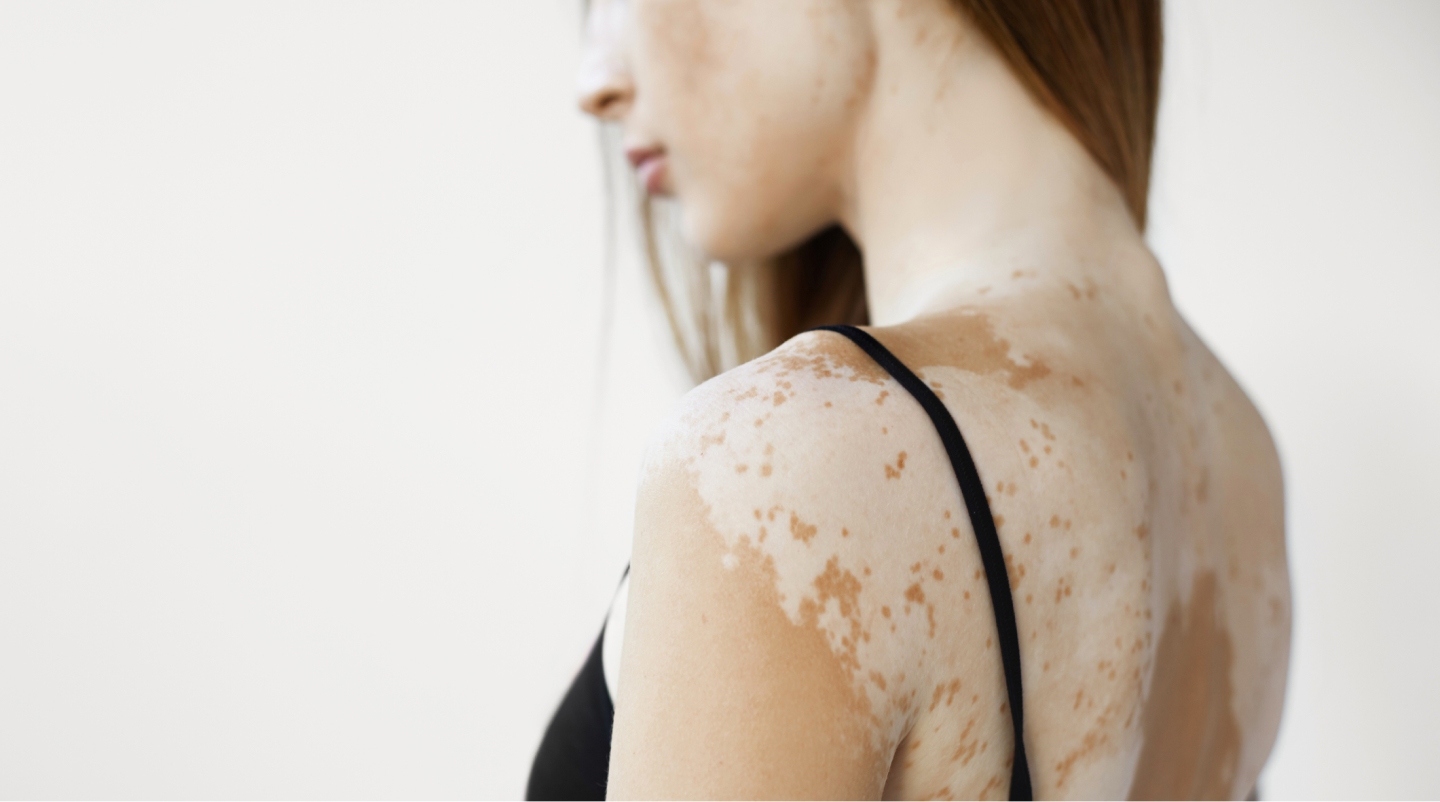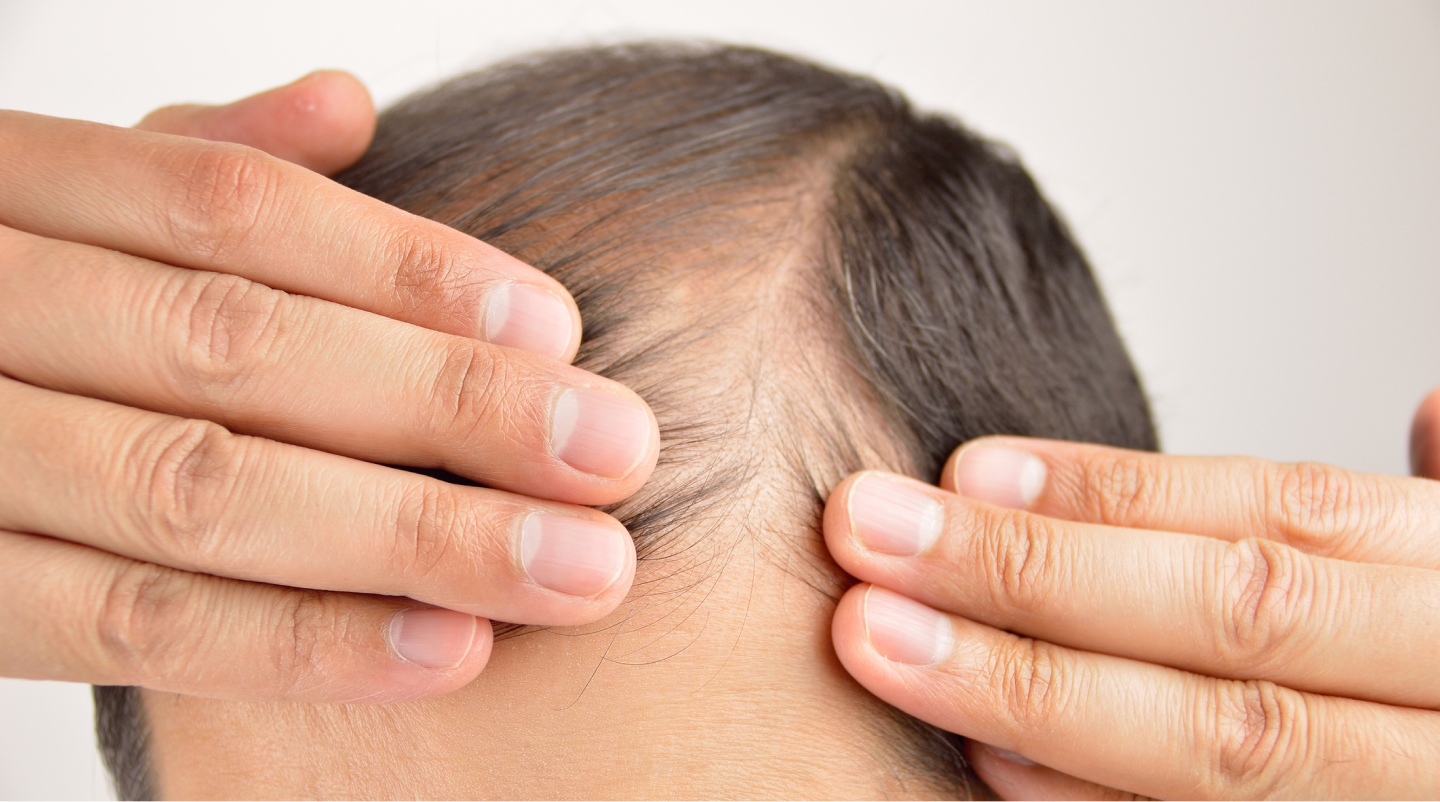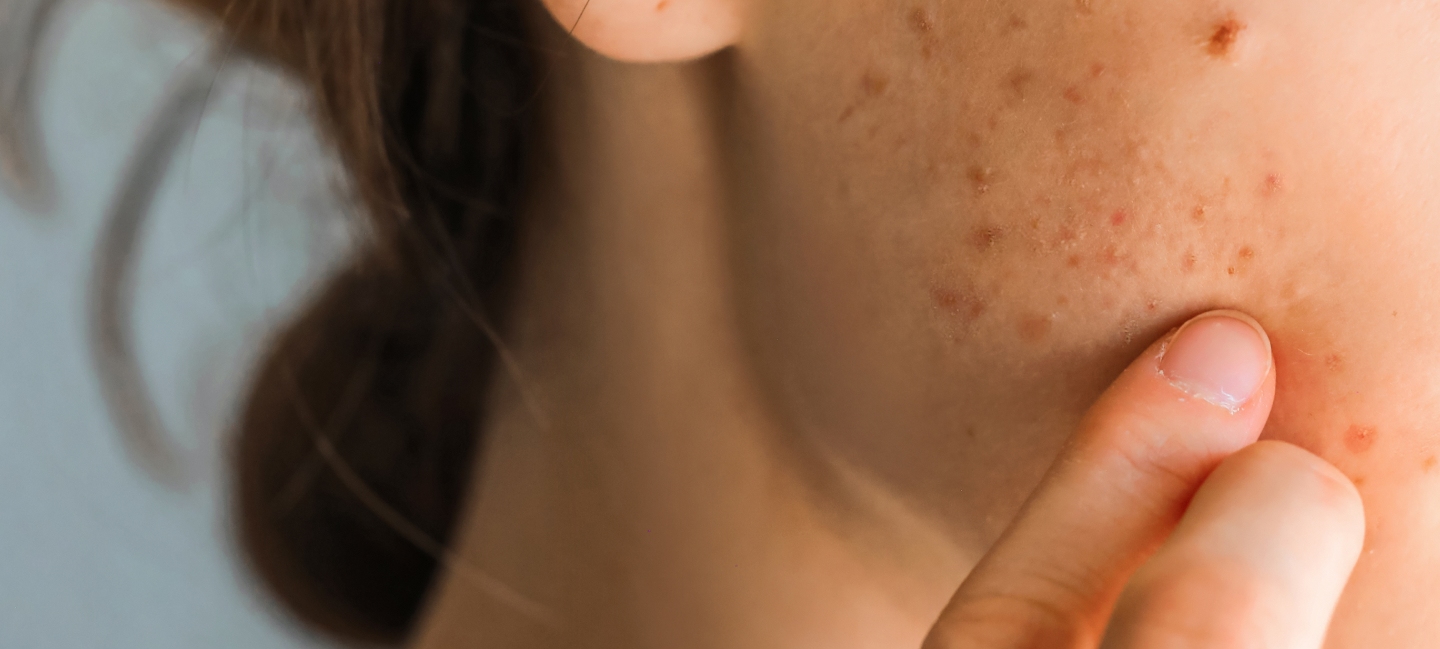What is atopic dermatitis (eczema)?
Atopic dermatitis is a form of internal allergy that manifests on the skin and is characterized by itching. Often individuals with this skin condition also have themselves or their relatives suffer from rhinitis, sinusitis, and asthma. It is associated with an increase in IgE levels in the blood, and the magnitude of the increase is indicative of the severity and prognosis.
Atopic Dermatitis - Symptoms
Atopic dermatitis ranges from simple skin dryness to extensive redness with blister formation, peeling, and intense itching. It most commonly affects areas such as the inner elbows on the hands and the knees on the legs. The sensation that the skin is 'burning - itching' has led to the use of the term eczema.
It is the most common skin condition we encounter in the clinic in children from infancy to pre-adolescence. Usually, it improves in adolescence, but in some cases, it continues into adulthood. Adult atopic dermatitis can be one of the most persistent skin conditions and may require long-term treatment.
In addition to inflammation, a key characteristic is the presence of a 'deficiency' in the skin barrier. This barrier protects the skin and consists of proteins and lipids, and therefore frequent washing, especially with harsh soaps, worsens the condition.
This is also one of the reasons why the use of corticosteroid creams should be limited, as prolonged use of these preparations further weakens the function of the barrier, leading to more frequent relapses and rebound after discontinuation. Additionally, the inflamed skin is often colonized by pathogenic microbes, and we must not forget that cortisone reduces the body's defense at the sites where it is used.
Atopic Dermatitis - Treatment
It is therefore necessary to provide comprehensive treatment with possible changes in diet and behavior to minimize relapses and make any flare-ups less intense. However, we must always take into account the patient's young age, skin sensitivity, and ability to comply. For this reason, our therapeutic regimens are not limited to a simple 'cream' and do not burden the body in the short or long term.
During the patient interview, we identify and exclude foods that may cause flare-ups, while adding dietary supplements that promote the function of the skin barrier. As a rule, we avoid frequent washing and use mild soaps with ingredients that leave the skin less dry. Finally, we jointly decide on a pharmacological treatment that does not lead to rebound or worsen the patient's health.









